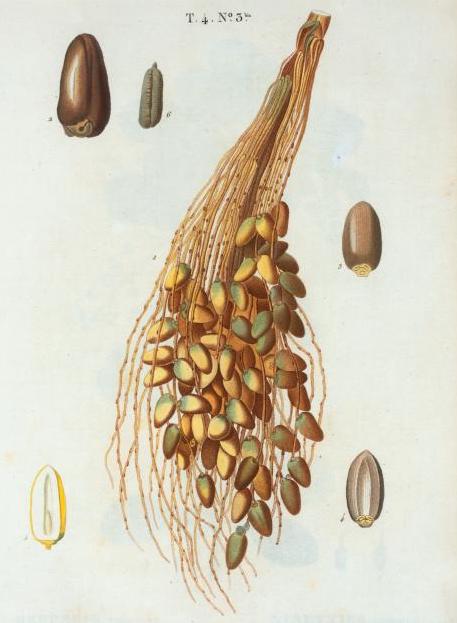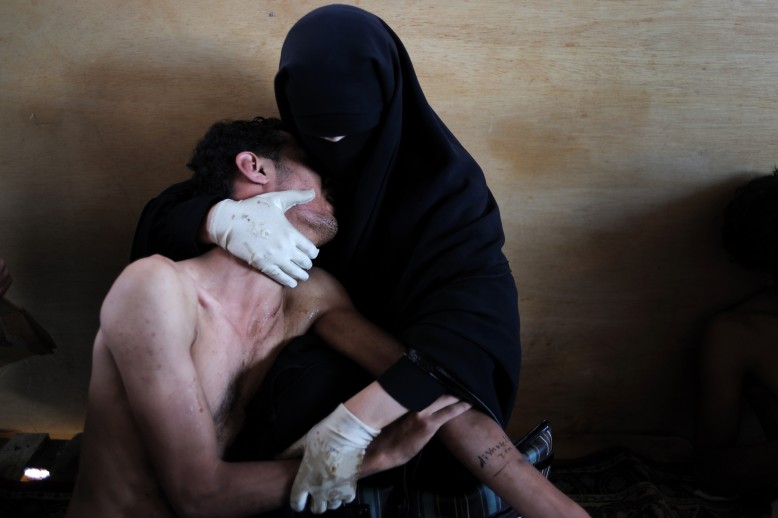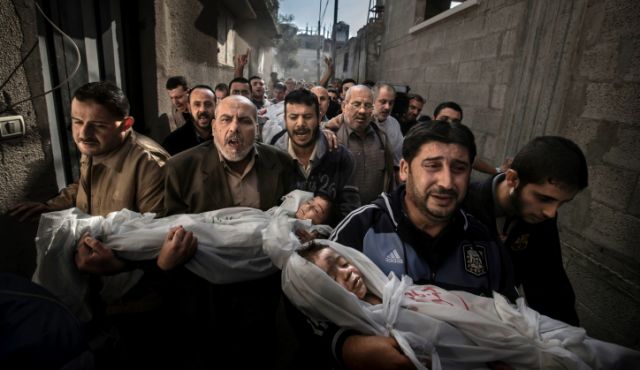
"Sí, tu niñez, ya fábula de fuentes."
(Yes, your childhood, a fable for fountains now.)
—Jorge Guillén
My Capoeira Angola teacher has been bringing up the trio of M's lately. Mandinga, malícia, manha.
After years of immersion the meaning of these words feels instinctual in their original language and context, but that afternoon, daydream-like, I decide to explore definitions in English. I imagine a chalkboard at which I'm responsible to explain these concepts not only across linguistic intent but cultural model. Mandinga is sorcery and magic, often associated with the "devil" (all of the definitions I consult put the devil in quotation marks, as though to contain him). Malicía is guile and "badness" (another definition behind iron bars!). Manha is ruse and trickery; I add finesse to that list.
The capoeirista's ideal path is indirect, sparked by trickery; you have to believe in your own movements if you want your opponent to believe them. This is the hardest part, to believe in your gambit. By pure coincidence I read a passage later that night of Nabokov calling art a "magical deception."
∞
After class I am overcome with a bizarre kinetic energy. I want to keep moving, spinning, feinting.
I go for a long walk, listening to the "Orphans Archetype" episode of the podcast This Jungian Life.
The archetype of the orphan, closely related to the hero, evokes powerful issues of abandonment, deprivation, and hope. From Harry Potter to Little Orphan Annie from Daenerys Targaryen to Cinderella, orphans who triumph over adversity remind us that healing the inner child is possible.
The factual history of orphans is frequently heartbreaking. In the ancient world, unwanted infants were subject to abandonment or death through exposure. In the US, Orphan Trains moved 200,00 children from NE coastal cities to live with farm families between 1853 to 1929. Journalists exposed the nightmare of Romanian orphanages in 1989, rousing adoption efforts and fundraising efforts. The Canadian government forcibly took native children and placed them in Christian boarding schools under the pretense of assimilation. This tragic history lives on in the collective unconscious.
The description continues:
Many of us have inner orphans [...]
By this point I am enchanted, and the usual Prospect Heights surroundings of littered sidewalks and trash piles skirting the fences of million-dollar homes fade from view. There's a pecular synchrony to the day and all that I'm consuming within it.
Is it so obvious, the turn from orphan to hero? Meg Jay's book Supernormal formulates this exact basis, with vignettes from real-life narratives of the rejected, neglected, or abandoned child transforming into a super-doer.
I am turning this all in my head and drawing simpatico lines of connection between them when suddenly I am caught by an unusual thirst. It feels like dry sandpaper rubbing the insides of my throat. I lick my lips and take gulps of air to distract myself. But then I grab hold of a memory cue I set earlier: that if I get very thirsty or very hungry, if biology overtakes willpower, I will get curious and investigate the phenomenon instead of becoming swallowed by it. I feel a little better for having remembered, and pause the audio to start asking my thirst some questions about it.
I play with a concept I learned in psychiatrist Phil Stutz's work (that even poorly studied seems to work), where you imagine the thing you are lacking and yourself hanging on to it like a fragile branch on the verge of breaking off from a tree. Suddenly the branch cracks and you're hurled down, down, down into the sun, the site of permanent love, radiating itself. Or something! I play around with this until my thirst cedes.
∞
My nephew sends me a picture of his injured hand, from a sports accident. I cannot help that every time I feel tenderly toward him from so many miles away I think of Baldwin's letter to his nephew, whose beginning I can recite from heart:
I have begun this letter five times and torn it up five times. I keep seeing your face, which is also the face of your father and my brother.
My nephew's hand in the photo doesn't look his age, it looks much younger, the baby hand a synecdoche for how eternally young he will always seem to me ever since I heard his first cry from outside the door of a maternity ward in Virginia. In that first year, his gaze toward me could be distrustful, because my visits home were infrequent and I was living for years at a time in foreign countries; one day the dam broke and I became his Favorite, as he had always been my Favorite, until his little brother arrived and I had to rend Favorites in two. They who are so unorphaned, fully helped and seen, the completion of a stated generational mission whose omniscient author has dissipated.
∞
Maybe the meaning is this: that in feeling so othered, so alien, so alone and for so long, the orphan develops a taste for otherness itself. To be so truly unbelonged anywhere one has to create a self that belongs everywhere.
∞
The scene could be almost interchangeable: Iraq. Afghanistan. Palestine. Refugee camps in Jordan and Lebanon.
A viral video of children telling a reporter and camera operator their dreams. One boy says "author" even when the others rib him. Faces bright in the sun against the ramshackle backdrop of a U.N. compound.
∞
I go over old Drafts and find these two images saved, a juxtaposition I have not known what to do with (and still don't) in a decade. The photographs won the World Press Photo of the Year in succession, Samuel Aranda's in 2012 and Paul Hansen's in 2013.


In the past decades, at least two of them intersecting with my generation becoming politically literate subjects, I have watched in open horror as the fomenting public perception around global "wars on terror" took their base truths from image management. These wars and invasions, primarily on Muslim people—"Muslim" here signalling the cheapened status of human life by state violence, not religious identity or affiliation itself—would not be possible without the orchestration of image management from purveyors of that state violence.
It's hard to summarize what to say about these photographs in this moment after decades of the people's suffering; I am weary. But irrefutably, both non-visibility and visibility were officially wielded to bottom-line these strategems: non-visibility to offset the scene of victims and their worthiness from public view; visibility of nationalist projects in selling the supremacy of weaponry, land and pipeline procurement, etc.
At the time of the World Press Photo announcements, meaning in the real time surrounding the photos' release, I couldn't put my finger on what it was about the similarity between the prize-winning images that haunted me. Now as I look again upon grieving parents cradling injured and dead children in the aftermath of preventable disaster, I'll call it the peculiar phenomenon—even more peculiar for its massive dispersion, region-specific—of being orphaned in reverse.